Tag: pot on the fire
While you’re not looking
I went through a period a few years ago when I couldn’t cook a pot of dried beans worth a damn. Every bean came out waterlogged and falling apart, like a rained-on newspaper, and on the rare occasion when every bean wasn’t waterlogged and falling apart, it was only because a few holdouts had a mouthfeel closer to gravel. I did everything I was supposed to do: I soaked them, brined them, cooked them without salt, cooked them with salt, cooked them at a simmer, cooked them so a bubble only rarely broke the surface. Every way, the window of time in which they were just right, tender but not yet reduced to mush, was narrow at best. Occasionally I hit it, but often not. So I gave up on dried beans for a while, which is fine, actually, because canned beans are great. I can think of worse fates than going to my grave a crappy bean cooker – for instance, living an entire life without doing “Islands in the Stream” at karaoke. (Crossed that off the list.) But dried beans are cheaper than canned, much cheaper, and I wanted to get it right.
My friend Winnie Yang helped me, though she has no idea that she did. In 2007, she left a comment on a Serious Eats post about cooking beans, and in her comment, she described her favorite method, which comes from the great John Thorne and his great book Pot on the Fire. Thorne cooks beans in their soaking water, and in a very low oven, not on the stovetop. As Winnie put it, “His method produces peerless beans . . . the tenderest, most velvety beans just barely held together by the skins. There’s not too much danger of overcooking, and you get optimum flavor.” I bookmarked it in my browser, calling it “Winnie’s Pot Beans,” and then I completely forgot about it. But I found it again recently, after a long stretch of dried bean avoidance, and I am now a believer. It is How I Do Dried Beans. Incidentally, here is Winnie, looking as sprightly and triumphant as I now feel every time I eat my own cooked-from-dried beans, only she’s not in a kitchen but instead walking in the woods on a vacation we took with a couple of friends five years ago this month, to pick apples and watch the leaves fall and generally cook our brains out in a rental house in upstate New York.
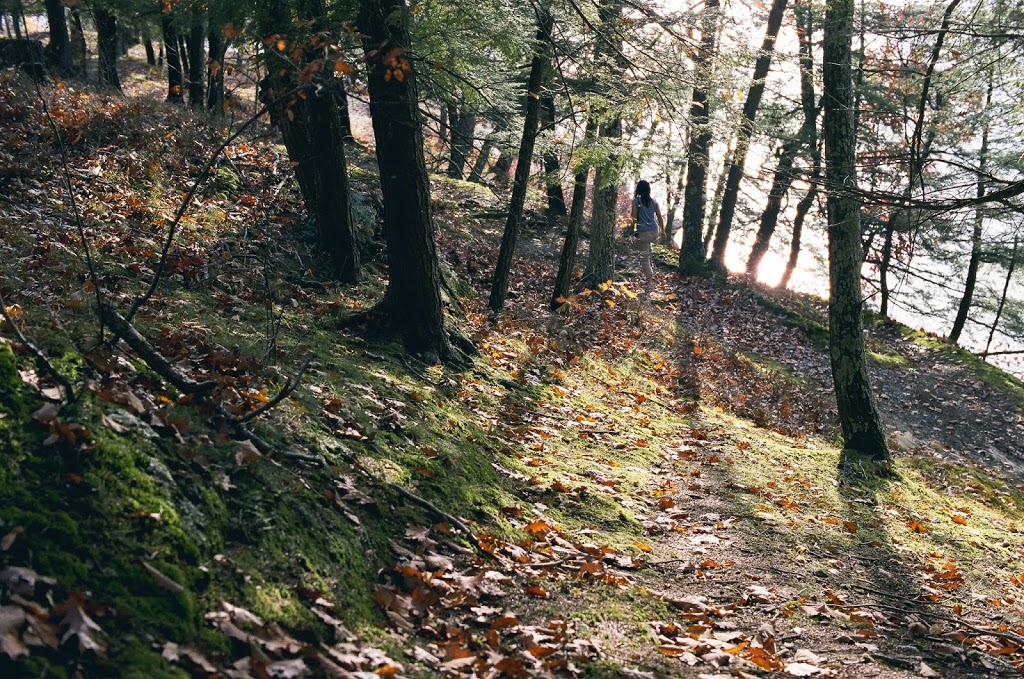
Now that I’ve dug up that photograph, here are a few others from that trip, because it feels good to see them again, and because the trees outside my window look almost identical today.
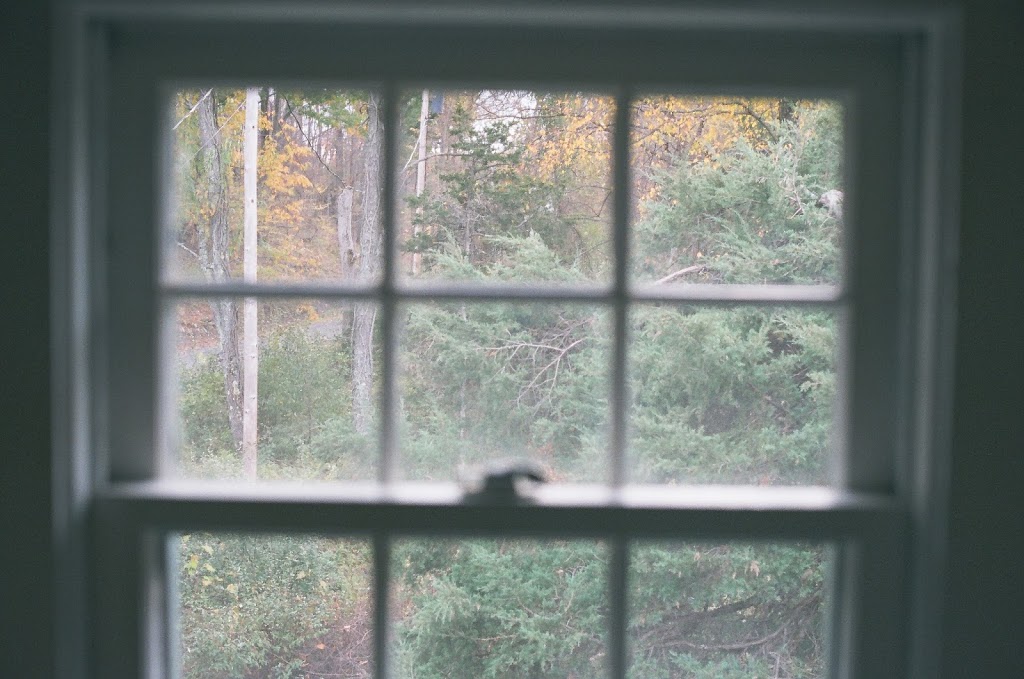
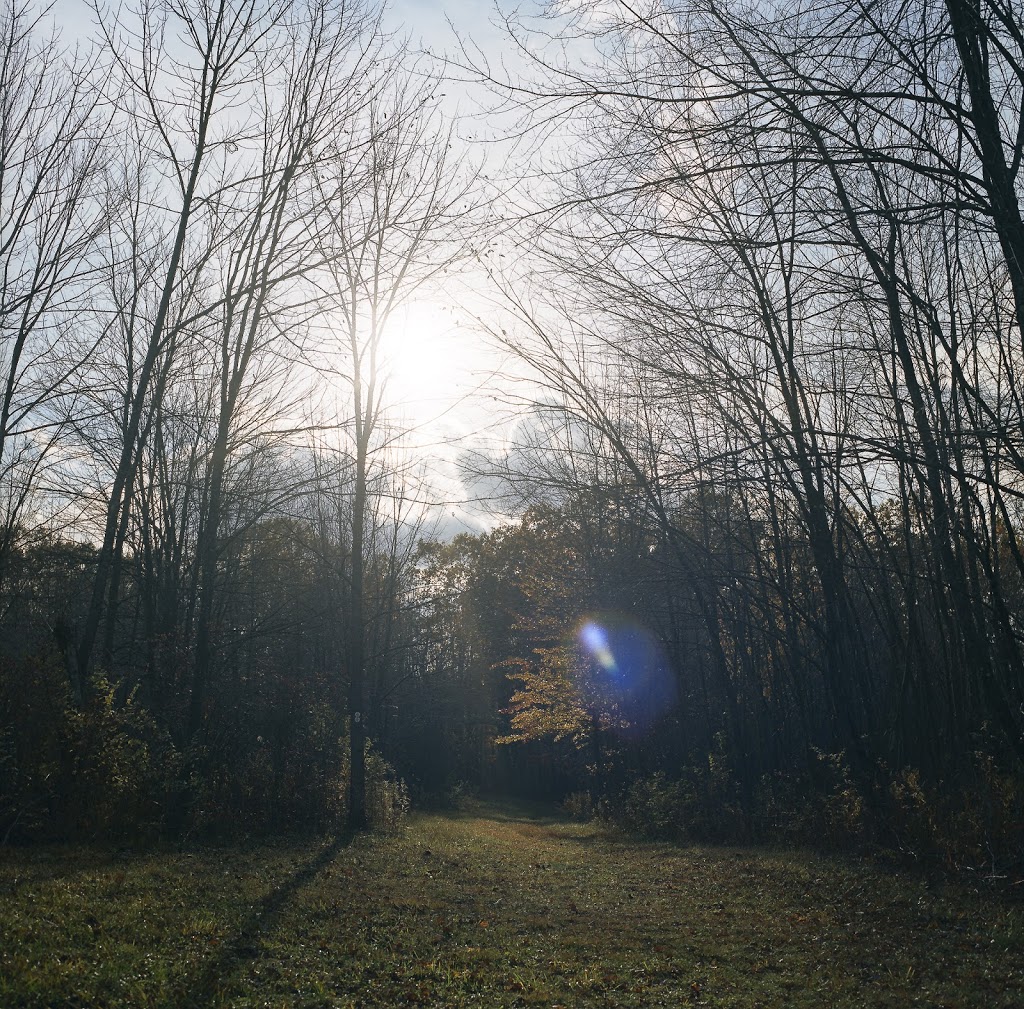
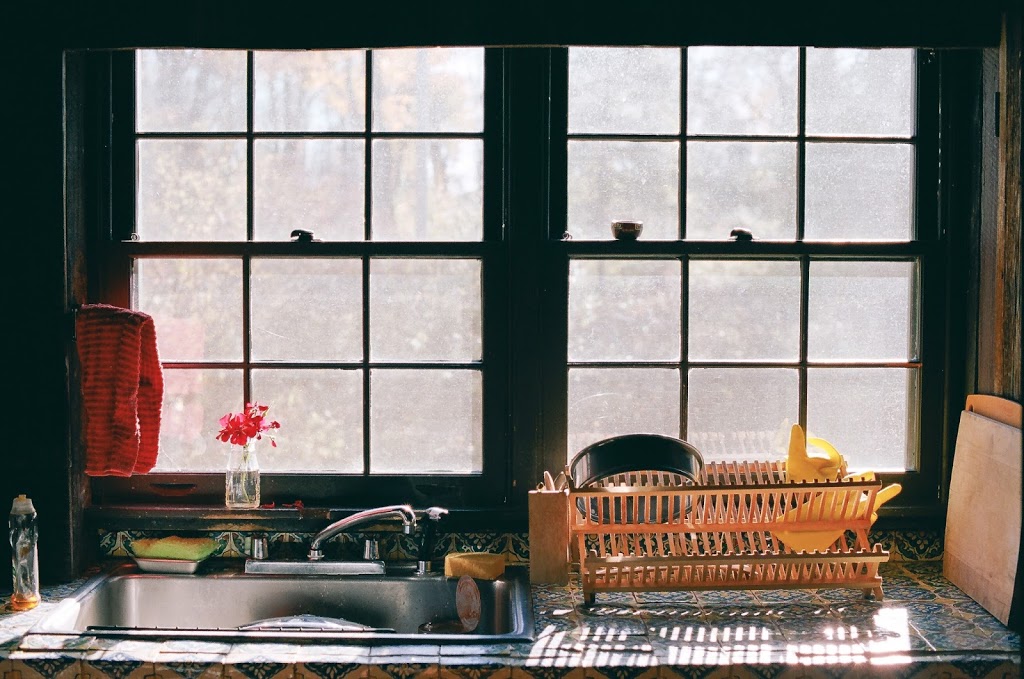
My kitchen’s Formica is a sad, wonky shadow of the Italian tile in that upstate kitchen, but it serves its purpose. It is a flat surface. I can put a bowl on it, upend a bag of beans into the bowl, cover them with cold water, and, in the reflection on the water, watch the trees outside knock around in the wind.
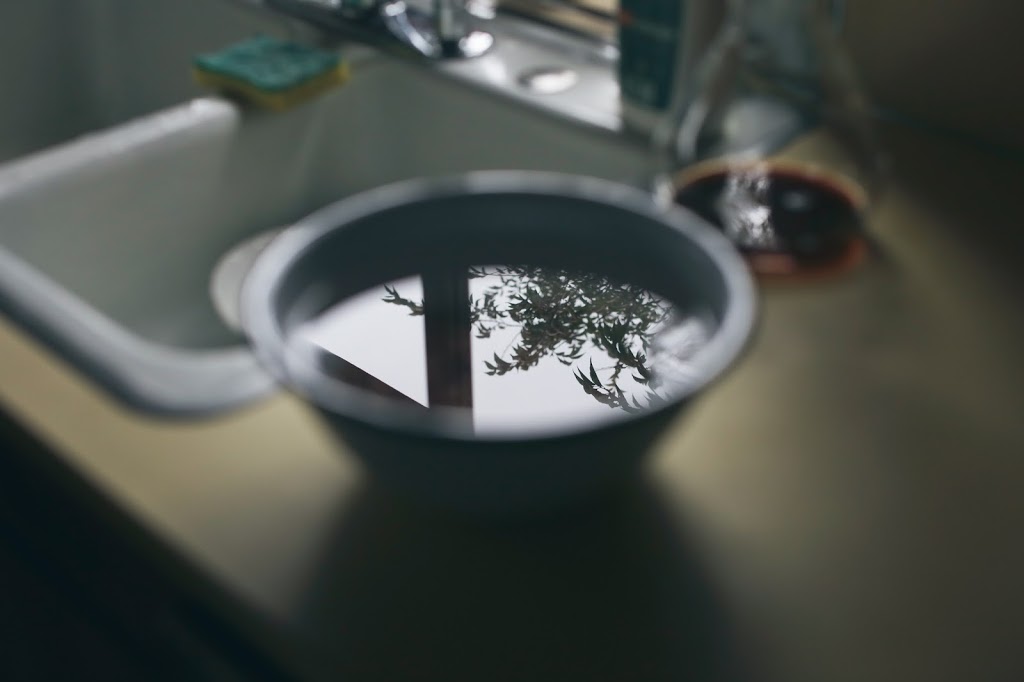
I try to soak my beans for a full 24 hours. But I don’t know how much that matters. John Thorne soaks his for eight to twelve hours. However long you soak them, soak them. It makes a difference. But do not throw out the soaking water; it is not, how should I say it, infected with future “digestive distress.” As Thorne puts it, and he in turn paraphrases Russ Parsons: “Neither cook nor eater can do much to reduce the problem of flatulence, except to eat more beans. (The more you eat, the better your digestive flora can handle them.)”
Here’s what you do instead: you put a strainer over a medium saucepan, and you drain the beans into the strainer, catching their soaking water in the pan. You bring the soaking water to a boil. Meanwhile, you dump the beans into a Dutch oven, season them with salt and olive oil and other things, if you’d like, and then pour the boiling soaking water over the beans, clamp on the lid, and put it into a 200-degree oven for four to five hours. After four hours, you check the beans for doneness, and if they’re not done, you keep cooking them until they are. While they cook, you need only stir them once an hour, or less, or whenever you think of it, and make sure they are covered with liquid. The rest of the time is yours.
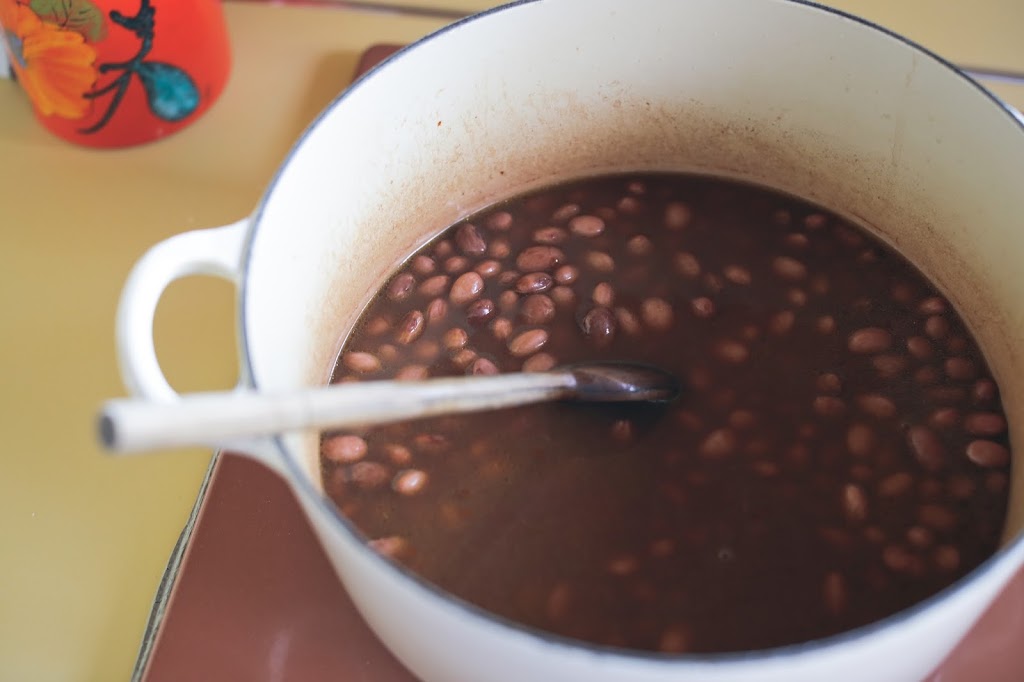
It occurs to me that this might sound like a long, slow, possibly tedious process. But because it is long and slow, I feel comfortable leaving the house, even for a couple of hours at a go. I live for danger! Large beans, like corona beans, can take up to eight hours, meaning that I can very literally cook while I sleep. And because the oven temperature is so low, and gentler than most stoves, it’s almost impossible for the beans to, poof, dissolve into mush while you’re not looking. They’re silky, plump, and most of all, consistent, each bean cooked properly through. By which I mean, happy Friday.
John Thorne's Tuscan Beans
Adapted from Pot on the Fire
This is more method than recipe. I’ve used this method with all kinds of beans – cannellini, pinto, corona, flageolet, little heirloom beans whose names I don’t know – and it works with all of them. I don’t even measure my beans anymore, or any of the seasonings. You can wing it. [Updated to add: a couple of readers have called to my attention an important fact of which I was unaware: red kidney beans must be boiled briskly before consuming, because they contain a toxin. Thus I cannot advise this gentle oven method for red kidney beans. Go here for more information.) A few notes:
1. I’m writing the recipe below mostly as John Thorne intended, but you should know that I generally only season my beans with olive oil, salt, and sometimes red pepper flakes. That’s all. Do as you wish.
2. When you cook the beans, they should be barely covered with water, so that the water and bean juices reduce to a delicious, thick broth. (In the photo above, I used a little too much water, actually, and they were soupier than I intended. No real harm done, though.)
3. Also, even though I just went on and on about the sadness of an overcooked bean, well… when I cook them this low, slow, gentle way, I actually like to cook them a little past done. My friend Olaiya taught me to do that, because by the time they cool down, they will have firmed up ever so slightly, and they’ll be perfect. So when I think the beans are done, I don’t immediately take them out of the oven; I leave them for an extra 15 minutes or so, to take them just a tiny bit further.
Preheat the oven to 200°F. Drain the beans, reserving the soaking liquid. Remove and discard any beans that have failed to rehydrate. (They will be wrinkled and ornery-looking.) Put the beans and seasonings, everything but the soaking liquid, in a Dutch oven or similar vessel. Pour the bean soaking liquid into a saucepan and heat to boiling. Add enough of this liquid to the bean pot to barely cover its contents, reserving any remaining liquid. Cover the pot, and put the beans in the oven. Cook at this very low heat – they should never come to a boil – until they are nicely done, about 4 to 5 hours. Check the water level periodically over the first four hours, adding the remaining bean liquid (and then plain boiling water) if needed to keep the beans covered.
Serve the beans hot, warm, or at room temperature, or use them in another dish. June likes hers plain, and she drinks the bean broth that’s left in the bowl after the beans are gone. We like to eat pinto or other brown beans with grated sharp cheddar and hot sauce. If I’m cooking cannellinis, I often use them in the Ed Fretwell Soup from A Homemade Life. And this week I used some flageolets in a Molly Stevens recipe that I’ll write about very soon.
Yield: Enough beans to make a side dish for 4 or a meal for 2 or 3

